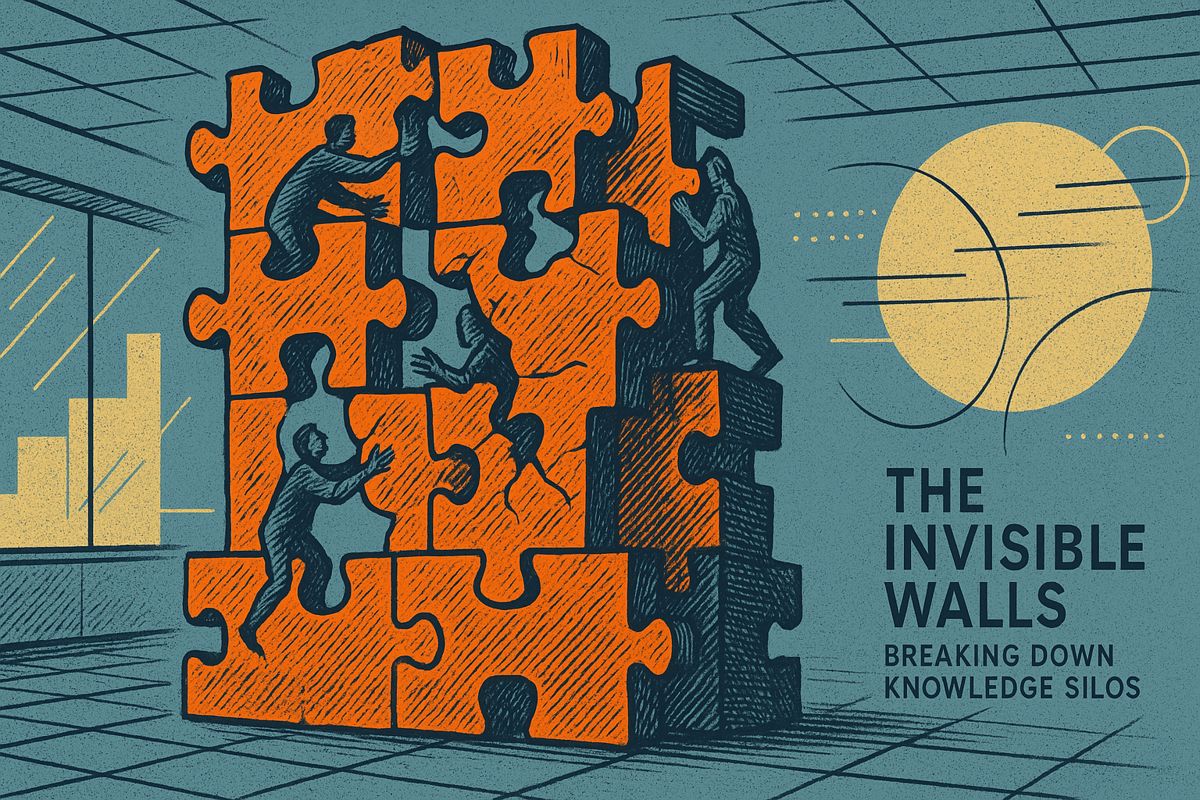With the introduction of the Cloudflare 2025 Content Signals Policy for AI Bots, publishers have new technical tools to control how their content is used by artificial intelligence. This policy arrives as AI crawlers extract billions of words daily, threatening the web’s economic model while clear rules on licensing and compensation remain elusive. Publishers, cloud providers, and courts are now converging on a critical reality: technical signals require legal backing to restore fair bargaining power.
At the core of the 2025 Content Signals Policy are three new robots.txt directives – search, ai-input, and ai-train – that explicitly define acceptable bot uses (dig.watch). While many early adopters are blocking model training to protect their content and referral traffic, compliance remains entirely voluntary. A senior news executive expressed skepticism, noting that tech giants like Google “show no indication” they will honor the signals, as some AI firms continue crawling relentlessly because “their thirst for it is so strong” (Business Insider).
The Challenge of AI Content Enforceability: Why Technical Solutions Aren’t Enough Without Legal Backing
Technical controls like robots.txt are merely suggestions that AI crawlers can ignore without penalty. True enforceability requires a legal framework, as courts are now defining the boundaries of copyright and fair use, compelling AI developers to defend their data acquisition and usage practices in high-stakes litigation.
Courts are actively drawing new lines around data use. While recent opinions in Bartz v. Anthropic and Kadrey v. Meta suggested training on copyrighted text could be transformative fair use, the Thomson Reuters v. Ross Intelligence ruling rejected this defense for a legal research bot that scraped proprietary Westlaw headnotes. Key fair use signals emerging from 2024-2025 litigation include:
- Transformative Use: This defense favors developers only when AI output is meaningfully different from the source material.
- Market Harm: Courts weigh heavily against AI models that substitute or replace existing paid products.
- Data Provenance: Any fair use claim is significantly weakened by the use of pirated or shadow-library datasets.
The U.S. Copyright Office added pressure in May 2025, warning that model weights may themselves infringe copyright when their outputs mirror protected works.
Licensing Experiments Gain Ground
In response, web publishers are experimenting with collective licensing. The Responsible AI Licensing Standard (RSL), backed by major platforms like Reddit, Yahoo, and Medium, adds royalty terms directly into robots.txt. Critically, partners like Fastly are turning this standard into a technical gate, blocking non-compliant crawlers for customers who opt-in. While broad adoption could establish royalty models similar to music rights (e.g., pay-per-crawl), the largest AI developers have not yet committed, leaving its future impact uncertain.
Legal Momentum Outpaces Voluntary Signals
Legal pressure continues to build, far outpacing voluntary industry signals. A July 2025 review of emerging fair use decisions by Skadden identified over 50 active U.S. lawsuits against AI firms’ data practices (Skadden). Plaintiffs are increasingly focused on training data provenance, arguing that using pirated content negates any fair use defense. This has led courts to focus on three key questions:
- Was the dataset lawfully acquired?
- Does the model reproduce substantial portions verbatim?
- Does the new use drain licensing markets for the original?
This case-by-case evaluation, dependent on specific facts, has created a complex legal patchwork that incentivizes negotiated licenses over high-risk courtroom battles.
Toward a Hybrid Control Stack
The most effective strategy emerging in 2025 is a hybrid control stack combining multiple layers of defense. This approach integrates machine-readable policies, cloud-level enforcement, collective licensing frameworks, and the evolving body of case law. Each layer targets a different type of crawler – from compliant bots to blatant infringers – and provides clearer standards for judicial review. Ultimately, the industry faces a pivotal choice between establishing consensual licensing agreements and engaging in escalating legal battles, a decision that will determine if AI enriches or erodes the open web.
What exactly does Cloudflare’s 2025 Content Signals Policy let publishers do?
The policy adds three new, machine-readable lines to robots.txt that go far beyond the old “disallow” rule:
- search – say “yes” or “no” to classic indexing
- ai-input – control whether your text can be fed into live answer engines (Google’s AI Overviews, chatbots, etc.)
- ai-train – block or allow use of the page for model training or fine-tuning
Cloudflare customers get a managed robots.txt that defaults to block AI training, allow search, and leave ai-input unset so each site can decide whether it wants to appear in instant answers. The directives are live today; no code changes are required on the publisher side.
Will Google, OpenAI or other big bots obey the new flags?
Not necessarily. Cloudflare only broadcasts the preference; it does not sever the TCP connection if a crawler ignores it. Early comments from platform executives are skeptical:
“I don’t see any indication that Google and others will follow it” – senior news-industry executive, Sep 2025.
Recent court filings show at least 51 active copyright suits against AI firms in the U.S., signalling that legal pressurerather than robot politenessis still the main lever publishers have.
Could blocking AI crawlers hurt my search traffic?
That is the fear. Because Google’s “Google-Extended” bot (AI training) and its normal “Googlebot” (search) share the same IP pools and caching layers, some SEOs worry that a blanket block may be treated as a negative quality signal. Cloudflare tries to minimise overlap by letting you set ai-train=”no” while keeping search=”yes”, but the final call rests with Google. Early data are anecdotal; no large-scale traffic-drop study has been published yet.
What happens if an AI company ignores the signals?
You have two practical options, both imperfect:
- Technical escalation: if you route traffic through Cloudflare or another supportive CDN, you can enable “bot-fight” modes that challenge or throttle un-licensed crawlers.
- Legal escalation: as Paul Bannister of Raptive notes, the new flags give you “parameters that a good actor should followand if they don’t, you can take action. You may not win, but you can take action.”
The second path is already crowded: from New York Times v. Microsoft & OpenAI to Thomson Reuters v. Ross, courts are being asked to decide when training on copyrighted text is still “fair use”.
Are there industry efforts to make licences enforceable and payable?
Yes. The Responsible AI Licensing Standard (RSL)launched in Sep 2025 and already backed by Reddit, Yahoo, Medium, wikiHow, Fastly and othersadds a price tag to robots.txt. Publishers can list tiers such as “free-with-attribution”, “pay-per-crawl”, or “subscription”. Fastly acts as a gate-keeper, denying entry to bots that refuse the licence, turning the polite request into a technical wall. Large AI labs have not yet signed on, but the RSL Collective is modelled on music-rights societies and is designed to scale the moment platforms agree to pay.
Key takeaway: Cloudflare’s Content Signals Policy gives publishers the clearest set of levers yet to talk back to AI crawlers, but compliance remains voluntary unless you pair the signals with legal action, CDN-level blocking, or collective licensing.



















